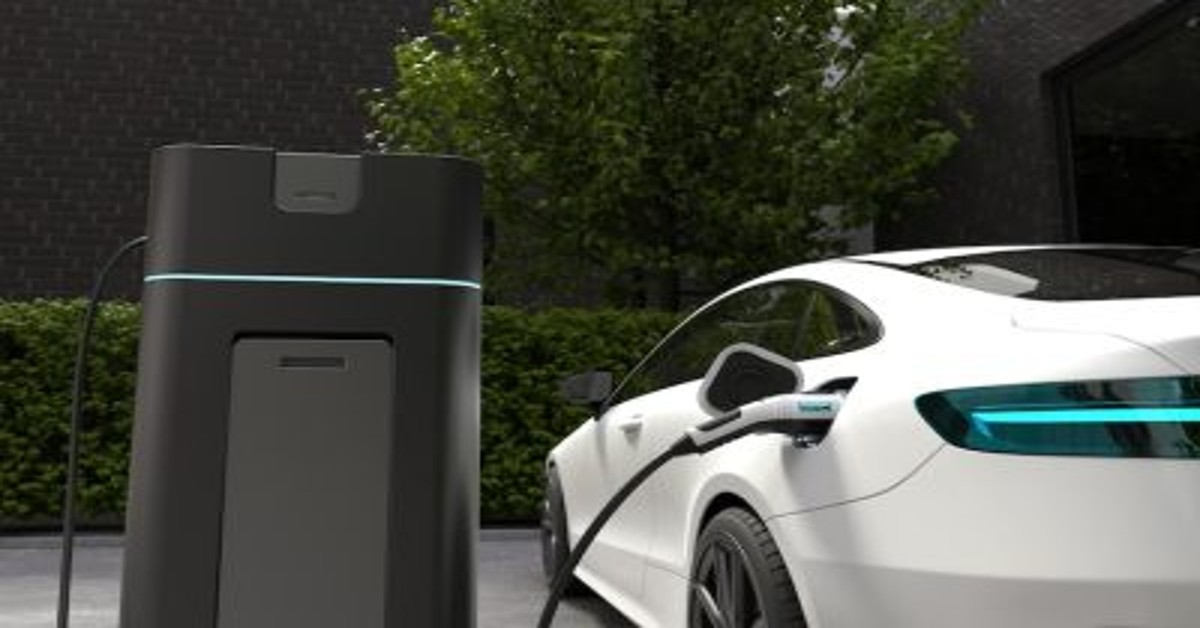How Far are we From Solid-State Batteries in EVs?
How Far Are We From Solid-State Batteries in EVs?
Solid-state batteries are a game-changer for EVs, offering the potential for a refuelling experience similar to gasoline vehicles. Despite this promise, solid-state batteries are still not widely incorporated in EV’s. Article on solid-state batteries and their research by various companies.
What are solid-state batteries?
To understand how a solid-state battery works, it is very important to understand how a conventional battery works. A battery usually consists of an anode and a cathode (the positive and negative sides) with an electrolyte in between. The battery’s main aim is to generate electricity by creating a flow of electrons.
A chemical reaction in the battery builds up electrons at the anode side via a conductive wire. Electrons re-arrange to eliminate the electrical differences created by the chemical reaction in the battery. The only way the electrons can do that is by travelling to the cathode side. Therefore, the electrolytes are forced to travel through the wires to get to the cathode.
Battery types differ based on the electrolyte used between the cathode and anode. Li-ion batteries use liquid electrolytes, while solid-state batteries use solid electrolytes.
Advantages of solid-state battery
The main problem with liquid lithium ion batteries is that they contain a liquid electrolyte that is flammable in nature. EVs using lithium-ion batteries pose a risk of catching fire, endangering driver and passenger life. This does not happen in the case of solid-state batteries.
Due to this stability, solid-state batteries have a faster charging period and need less safety accompanying it. Solid-state batteries can hold more energy than traditional lithium-ion batteries, making them a promising alternative.
Companies indulging in solid-state battery research
Because of the host of benefits solid-state batteries offer, automotive companies have already started focusing their research on developing them. Toyota Motor Corp from Japan has already charted out its plans for developing solid-state batteries by the year 2030, with the company pumping in over $13.5 billion into its battery research department.
Panasonic Corporation through its collaboration with Toyota has already pipelined the development of Powerpacks for non EV related applications.
Volkswagen, with its partnership with QuantumScape Corp, has already started developing batteries with a 30 percent greater range than liquid state batteries and has the ability to charge itself to 80 percent capacity in mere 12 minutes.
Some major automotive companies are also collaborating together through potential small startups for solid-state battery development. Ford Motor Co and BMW AG have invested in Solid Power, which claims to have developed its solid-state technology to deliver 50 per cent more energy density than the current lithium ion batteries in the market.
Hyundai has also invested in a start-up called Solid Energy Systems and is planning to develop solid-state batteries by the year 2030.
Limitations of solid state battery
Although solid state batteries offer a host of advantages, companies are not yet mass manufacturing them. One hindrance is that due to the technology is relatively new, the complexity of scaling up the process from a lab setting has not yet been simplified.
The University of California San Diego published a paper in Nature Nanotechnology outlining three challenges that companies must keep in mind if they intend to scale up their development process for solid state batteries. The three challenges are namely:
- Developing a stable chemical interface between the electrolyte and the electrode,
- Develop sustainable manufacturing practices for development, and
- Placing effective recycling practices for the residue generated while manufacturing.
Besides the development process, the other key factor is that the solid-state battery needs to perform optimally at room temperature.
There’s another challenge in the form of getting the solid electrolyte material right. Several materials, ranging from ceramics such as sulphides, phosphates and oxides, to solid polymers have been solid contenders for electrolytes over the past couple of years. According to the latest research, the garnet-type Li7La3Zr2O12 (LLZO) solid-state electrolyte has emerged to be a stable electrolyte, courtesy to its good stability and high ionic conductivity against Li.
The road ahead
Electric vehicles are going to be the future of the transportation industry. It is estimated that by the year 2030, electric vehicles on roads are expected to increase to 145 million. The public’s acceptance of electric vehicles due to the host of benefits they offer has led to, it is of utmost importance for automotive companies to develop safe and stable batteries with longer charge cycles to power them. Experts expect that solid state batteries will power the majority of electric vehicles in the future, showing promise in achieving this goal.







Leave a Comment